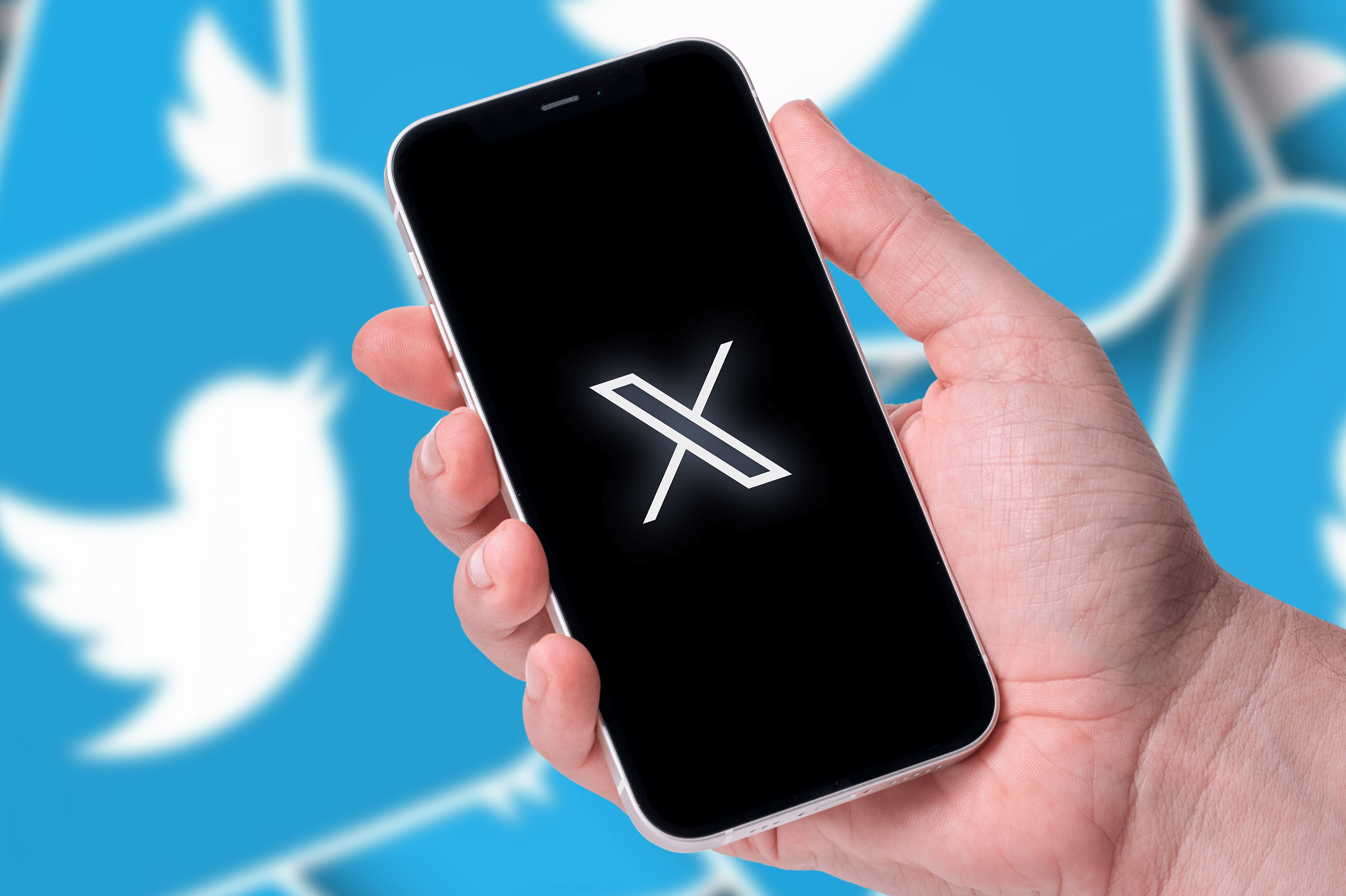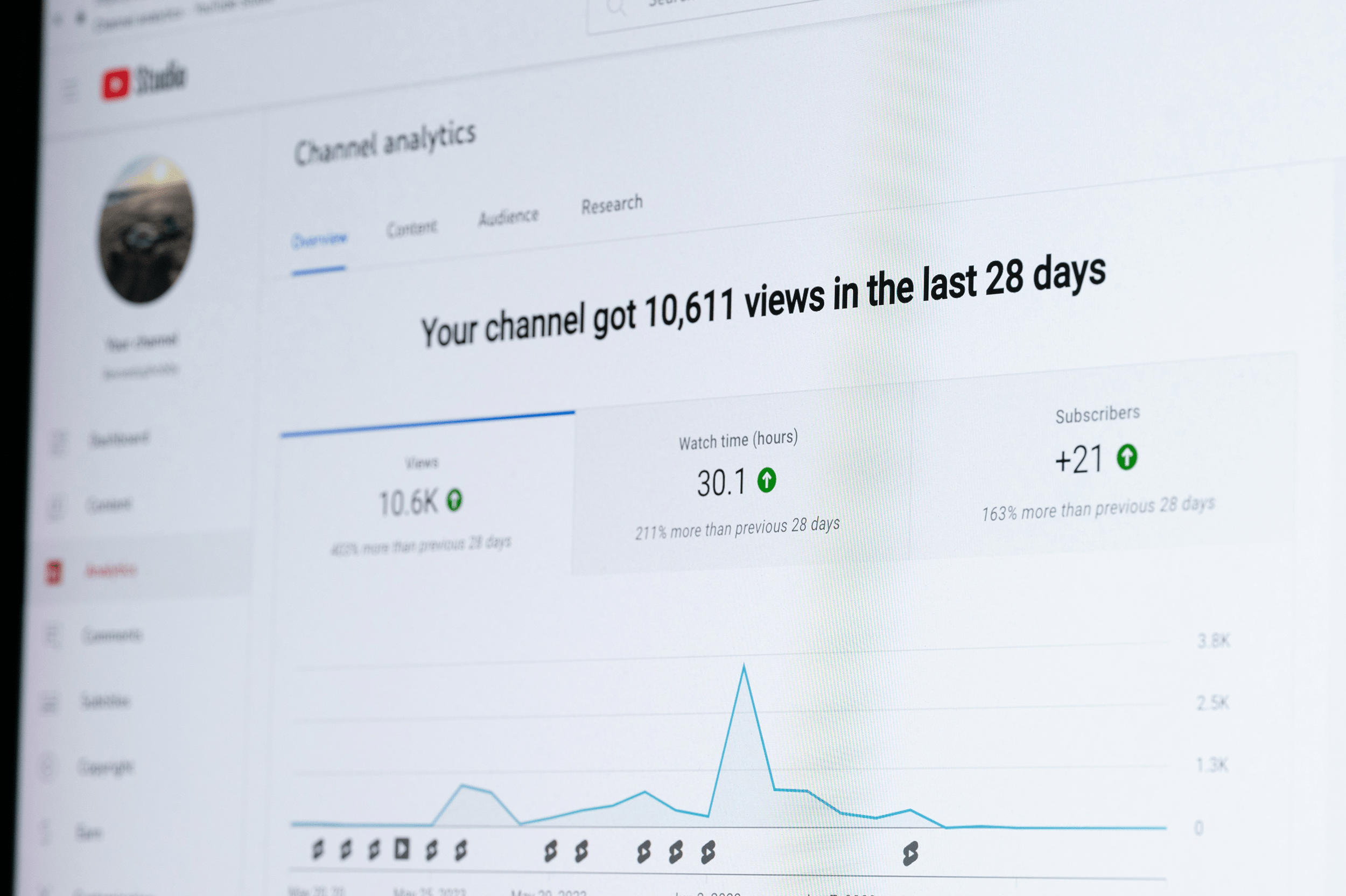Did you know that Facebook is one of the world’s fastest growing ad networks, with ad rates more than doubling in the last two years?
It’s no surprise: With 2.23 billion monthly active users, it’s a huge potential market. Sweetening the pot, when you advertise on Facebook, you advertise to a pre-selected audience that is likely to want, need, and/or appreciate what you’re offering.
You’re sold on Facebook ads, so now you want to know what they’re going to cost you. You’ve probably Googled around a bit, and might be a bit overhwlemed. There are so many ad targeting options, so many performance factors, and no set-in-stone rates. But, there’s one bit of good news: Because Instagram is owned by Facebook, you’ll use the same tools to configure ads for both networks. Convenient, right?
Here’s what you need to know about the cost of Facebook ads, how to estimate your ad costs, and how to spend less without sacrificing results.
How much do Facebook ads cost?

Ad costs depend on several factors, such as your marketing objectives (Screenshot via Facebook)
Regarding the cost of Facebook ads, we can tell you this, definitively: there is a minimum required budget. In U.S. dollars, you’re looking at an absolute minimum cost of:
- Impressions: Minimum budget of $1 per day
- Clicks, Likes, Video Views, or Post Engagement: Minimum budget of $5 per day
- Low-Frequency Events (ex. offer claims or app installs): Minimum budget of $40 per day
But here’s the rub: There is no one cost for Facebook ads. Costs – and by that, we mean click-through rates, cost-per-click rates, conversion rates, and more – are very different, depending on your industry and your objectives. (Example: A ‘Page like’ often costs more, per like, than does post engagement.)
Okay, so how much do Facebook ads cost on average?
Here’s where we can dig up a little more detail. (Thankfully.)
If we break down Facebook ad costs by industry, we start to see some actual numbers. Take this recent report from WordStream, which pulled numbers from Facebook ad spending between November 2016 and January 2017:
Regarding Cost Per Click (CPC) rates, industry averages swung from an affordable $0.45 (Apparel industry) to a robust $3.77 (Finance & Insurance industry). The average CPCfor Facebook ads across all industries was $1.72.
More telling, the Average Cost Per Action or Cost Per Acquisition (CPA) – for example, a sale, app download, form submission, or other pre-chosen action – averaged $18.68 across all industries. Again, the individual cost per industry varies widely, from just $7.85 CPA in the education industry to a pricey $55.21 for the technology industry.
Estimate your spend: 6 factors that affect Facebook ad costs

Facebook ad costs are determined by a modified auction system (Screenshot via Facebook)
To make the whole equation a little more complicated, Facebook ad costs are fluid – determined by a modified auction system, which awards a rate not based solely on your highest bid, but on a variety of factors:
Factor #1: Bid amount
You have the option to set either a daily budget or campaign lifetime budget. This number is your maximum for the given period. Furthermore, you have the option to set your own cost per action or to let Facebook calculate bids on the fly, based on your daily/lifetime budget and set goals.
Factor #2: Ad quality
The higher the quality of your ad, the lower your cost. So, what’s a high-quality ad? It’s an ad that receives more positive interactions (ex. likes) and fewer negative interactions (ex. “I don’t want to see this ad”). And while, sure, there is some general advice as to how to create a quality Facebook ad, this is also one of those you’ll-know-when-you-know kind of things; what works for your industry and your audience does not work for all. You’ll need to experiment.
See more tips on how to design click-worthy Facebook Ads.
Factor #3: Action rates
As mentioned above, certain actions – ex. ad reach vs. link clicks – seem to pull a more expensive rate than others. Facebook does not divulge the weighted cost of actions, and the weight and cost differential likely varies by industry, so this is just an FYI factor.
Factor #4: Audience specificity

Lower your Facebook ad spend by dialing in on a very specific (and preferably, uncommon) target audience
One of the best aspects of Facebook advertising is the ability to narrow down your recipient pool based on location, age, interest, gender, and other factors. Bottom line (literally): The more unique your audience – in other words, if your selected audience is not also selected by many other advertisers – the lower your general cost.
Factor #5: Ad placement
Facebook ads can display in Marketplace, the right column, and natively within the Newsfeed; this location will affect CPC cost. (Note: Facebook Messenger ads are a different beast altogether, although very worthy of some budget!) You can choose your own location or allow Facebook algorithms to choose for you.
Factor #6: Month or season
Certain seasons – Black Friday, anyone? – see an uptick in advertising. Likewise, you’ll see an uptick in advertising costs during peak times. Conversely, if you’re running an ad campaign when your competitors aren’t, you’ll generally see lower costs.
How to lower your Facebook advertising costs
The above six factors are also your initial keys to lowering your Facebook ad costs: create quality ads, narrow your target audience, and carefully define your desired actions, and you’ll lower your relative cost.
Other good advice: Run your ad for a minimum of 4-7 days to see how it does. Allow Facebook to optimize ad location and other factors. And, if possible, allocate a minimum $5 per day to your ad, to assure it a good run.
Beyond that, if you’re not 110% sure on the best choices for each individual factor we recommend using Facebook’s own campaign budget optimization. Admittedly, the tool does keep most of the details a mystery, but it allows Facebook algorithms to choose the most valuable (note, not necessarily inexpensive but cost-effective) choices for each factor.
If you have a minimal ad budget, Facebook is the ad platform: Huge, easily targeted, and well worth your hard-earned dollars. Take advantage of the platform’s rich targeting options, algorithms, and campaign flexibility, and you can generate high-performing ads with a healthy ROI. And be sure to add a Facebook follow button to your site to grow your Facebook followers list and also check out our other guides to Facebook marketing like our guide taking you through how to pin a post on a Facebook account.




